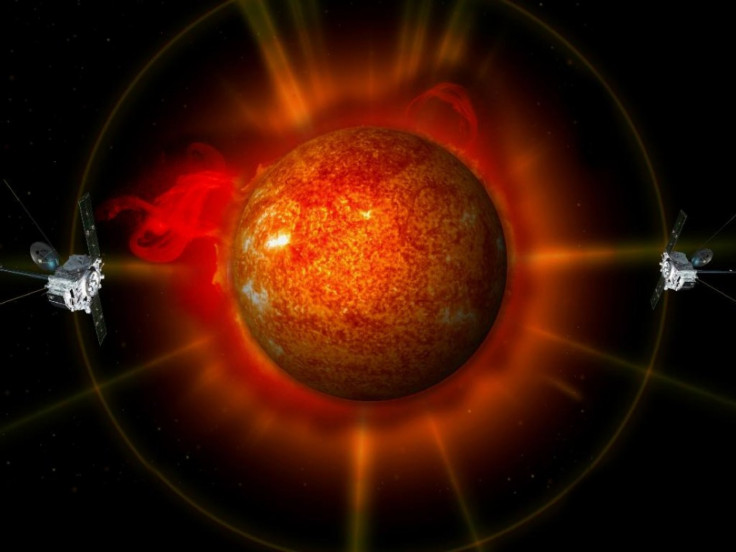NASA Watches Solar Storm Engulf Planet [VIDEO]

New data processing techniques, coupled with NASA spacecraft, has for the first time allowed scientists to see the awesome power of the sun as it recorded a massive solar storm engulf the planet.
Using the techniques, NASA was able to produce a video on Thursday showing the effects a Coronal Mass Ejection has on the planet as it hurtles around Earth at 3 million miles per hour.
The movie sent chills down my spine, says Craig DeForest of the Southwest Researcher Institute in Boulder, Colorado. It shows a CME swelling into an enormous wall of plasma and then washing over the tiny blue speck of Earth where we live. I felt very small.
CMEs are billion-ton clouds of solar plasma launched by the same explosions that spark solar flares. The effect on earth can range from beautiful auroras, to radiation storms, and in extreme cases power outages.
Tracking these clouds and predicting their arrival is an important part of space weather forecasting.
The new insight is coming from NASA's twin Solar Terrestrial Relations Observatory, or STEREO, launched in 1996. The duo comprises a key fleet that gives NASA insight into solar activities, and aids predictions.
We have seen CMEs before, but never quite like this, says Lika Guhathakurta, program scientist for the STEREO mission at NASA headquarters. STEREO-A has given us a new view of solar storms.
Previous spacecraft imagery did not clearly show the structure of a solar disturbance as it traveled toward Earth. As a result, forecasters had to estimate when storms would arrive without knowing the details of how they evolve and grow.
The primary challenge has been that clouds are extremely difficult to detect and to image as the get further away from the sun. he clouds are about one thousand times fainter than the Milky Way.
Separating these faint signals from the star field behind them proved especially challenging, but it paid off, said Craig DeForest, scientist at the Southwest Research Institute in Boulder, Colo. and lead author of an Astrophysical Journal article released online yesterday.
We have been drawing pictures of structures like these for several decades. Now that we can see them so far from the sun, we find there is still a lot to learn.
The new observations can pinpoint the arrival time of the CME and its mass.
The brightness of the cloud enabled researchers to calculate the cloud's gas density throughout the structure, and compare it to direct measurements by other NASA spacecraft.
This will allow for more accurate future forecasts.
© Copyright IBTimes 2024. All rights reserved.











